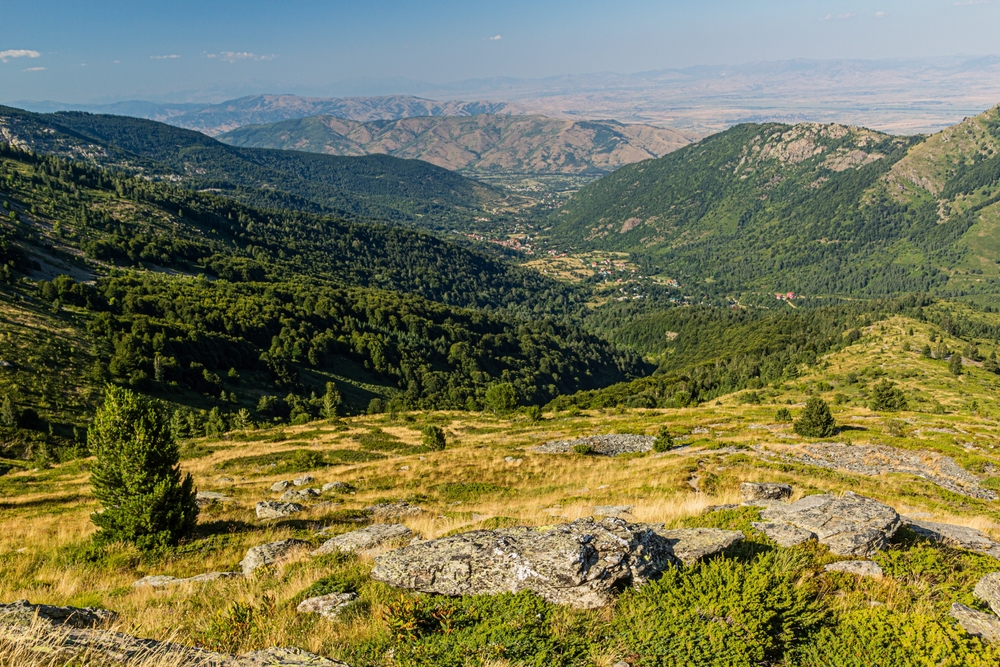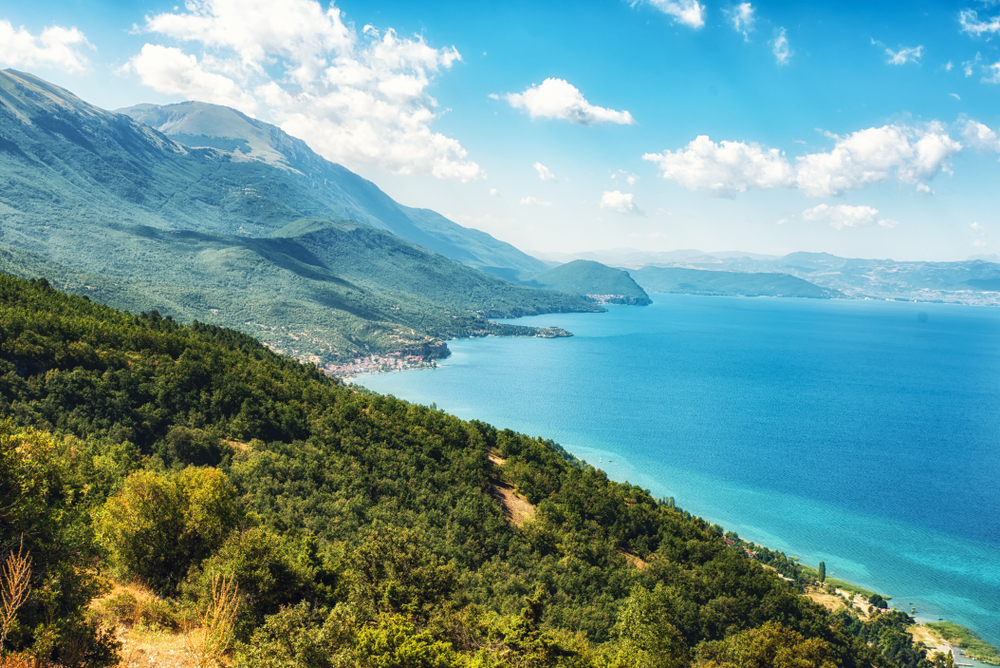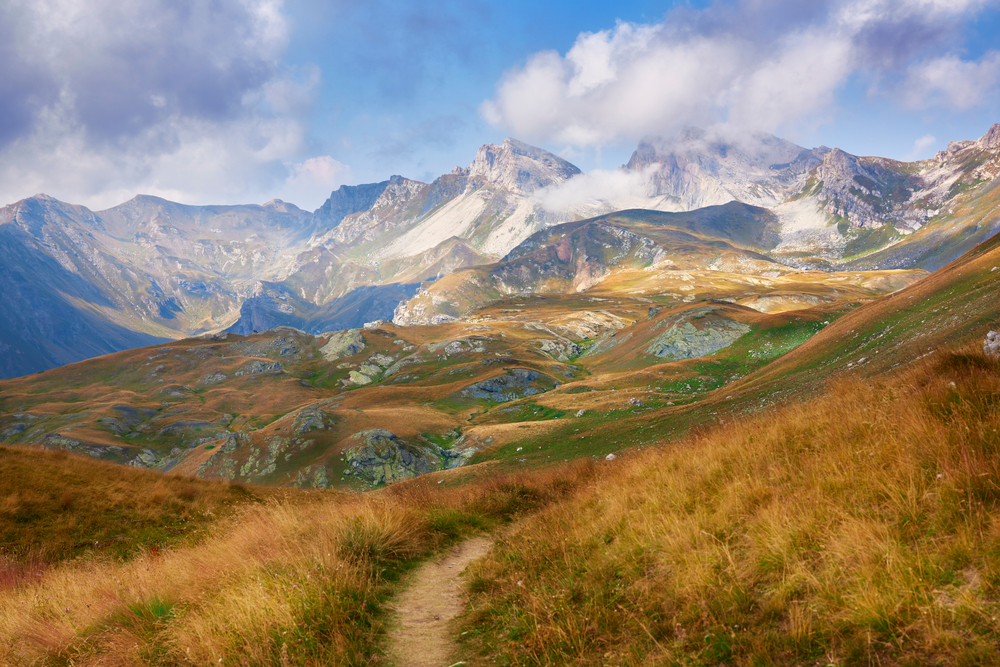Pelister Overview
Pelister National Park, known locally as Национален парк Пелистер (Nacionalen park Pelister), is one of North Macedonia’s most treasured natural landscapes. Covering an area of approximately 68 square miles (176 square kilometers), this park is located in the southwestern region of the country, near the city of Bitola, and forms part of the Baba Mountain range.
As the oldest national park in North Macedonia, established in 1948, it is a sanctuary of breathtaking natural beauty, ecological significance, and cultural heritage. The park’s terrain is a mosaic of rugged peaks, lush valleys, and alpine meadows. Its centerpiece is Mount Pelister, which rises to an elevation of 8,011 feet (2,442 meters), making it one of the highest peaks in the country.
The landscape is defined by its glacial origins, including the stunning “Pelister Eyes”—two glacial lakes known as Big Lake and Small Lake. These crystalline waters are surrounded by rocky outcrops and verdant pastures, offering serene views. Dense forests of Molika pine, a rare and ancient species found only in this region and parts of the Balkans, dominate the park. These trees, some over 200 years old, form a unique ecosystem that supports diverse flora and fauna.
Pelister National Park is a haven for wildlife enthusiasts. Among the mammals that roam its forests are brown bears, Balkan lynxes, wild boars, and chamois. The park also hosts a variety of bird species, making it an excellent destination for birdwatchers.
Notable avian inhabitants include the golden eagle, peregrine falcon, and the endemic Balkan snow vole. The blend of alpine and Mediterranean climates fosters a vibrant ecosystem, with over 1,000 plant species recorded, many of which are endemic to the region.
Visitors are drawn to the park’s blend of natural and recreational features. Hiking trails crisscross the park, ranging from easy paths to more challenging routes, like the ascent to Mount Pelister’s summit. In winter, the park transforms into a snowy retreat, offering opportunities for skiing and snowshoeing.
The glacial lakes, with their tranquil ambiance, are popular spots for picnics, photography, and peaceful reflection. For history buffs, remnants of World War I trenches and artifacts are scattered throughout the park, adding a layer of historical intrigue.
Conservation efforts have been pivotal in maintaining the park’s ecological balance, especially the protection of the Molika pine forests and the rare Balkan lynx. However, challenges persist, including illegal logging, poaching, and the effects of climate change.
The park management has implemented strict measures and collaborated with local and international organizations to combat these threats. Educational programs and ecotourism initiatives have also been developed to raise awareness and promote sustainable practices among visitors and the local community.












































































